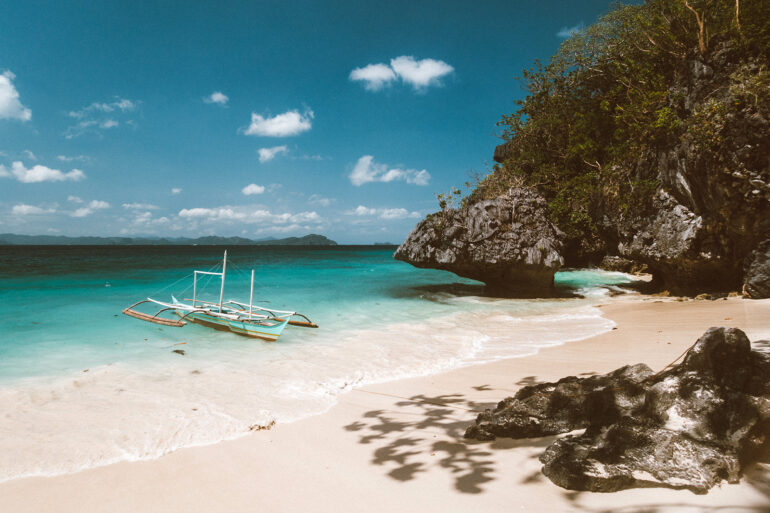We may earn a commission when you purchase through affiliate links. Learn more.
Money Saving Travel Tip #1: Don’t Leave Planning until the Last Minute
While it’s true that there are sometimes amazing last minute travel deals, in general you’ll save a lot of money by booking in advance. There are a lot of strategies out there for how far in advance you should book airline tickets — I’ve gotten lots of great deals with about a month and half before my departure date.
Money Saving Travel Tip #2: Use Flight Comparison Sites
Websites like Skyscanner and Google Flights are great for comparing flight options and finding deals and take the hassle out of going to every airline website to look up individual dates. I also subscribe to Scott’s Cheap Flights — an email subscription (free & premium accounts available) service that sends out airfare deal alerts.
Money Saving Travel Tip #3: Lower your Requirements
If you want to save as much money as possible on travel, you’ll need to adjust your personal standards. Wherever you go, there’s nearly always a hotel or restaurant happy to charge you as much as you’d spend at home, but if you don’t need the poshest of accommodations or waiters wearing ties taking your order, you can save huge amounts of money and still experience the same destinations if you can make some sacrifices on how much luxury you need.
Money Saving Travel Tip #4: Travel Lightly
These days it seems like airlines are out to nickel and dime you for every bag you bring on your travels. The solution? Don’t bring the bags.
The less you bring along, the more you can save on your travel costs, especially if you’re flying on a budget airline. In Southeast Asia many budget carriers limit your free carry-on to 7kg. It doesn’t sound like much, but if you pack carefully you can easily fit everything you need into a small, lightweight bag. My cheapest flight was $23 from Jakarta, Indonesia to Singapore – without any extra baggage I was able to take advantage of this super low base fare without needing to add any extras on.
Money Saving Travel Tip #5: Travel in the Off-Season
In some places, the difference between spending $150 a night on a room and $50 a night on the same room is just the time of year. Obviously flexible travel dates aren’t a possibility for everyone, but if you do have some wiggle room in when you can take your vacation, consider going during lower season.
In tropical regions where heavy monsoon rains come every year, timing your visit at the very beginning or end of the rainy season is a good way to ensure that crowds are low, prices are low, and you still stand a good chance of getting mostly great weather.
Money Saving Travel Tip #6: Eat Like a Local
Every big city has restaurants primarily frequented by tourists. The prices are high and the quality can be pretty low – after all, you’re going to be leaving town and not coming back anytime soon, so they don’t have to worry about winning repeat customers. Whether you’re in Paris or Bangkok, it’s a good idea to walk off the main tourist strips and find where the locals are eating. Crowded restaurants are always a good sign! If there’s street food available, look for the carts where food is being cooked fresh.
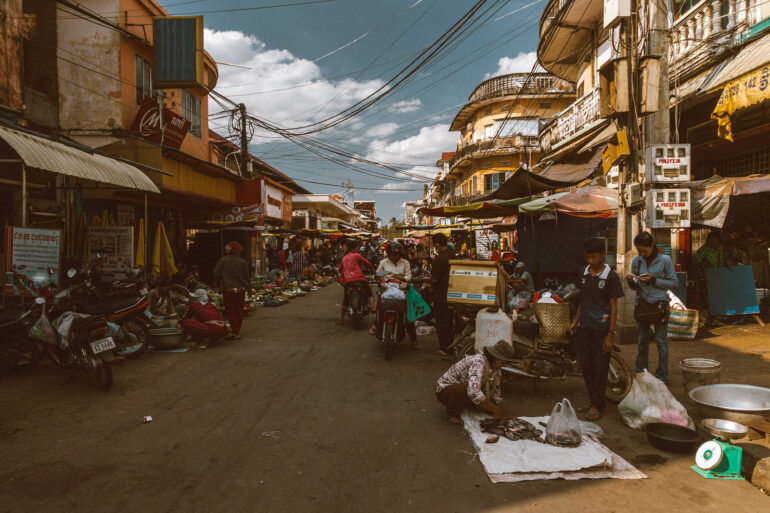
Money Saving Travel Tip #7: Negotiate on Prices
You might be thinking, sure…of course I’ll say $5 when the lady in the market says $10, but negotiating isn’t just for markets. You can often negotiate much better rates for hostel and hotel stays as well — sometimes all you need to do is ask. Always enquire if there are any discounts or if there are any cheaper rooms available.
Money Saving Travel Tip #8: Use Public Transportation
This is a tip that can be pretty intimidating, especially if you’re in a country where your language isn’t the one spoken by everyone, but the savings can be huge! In Bangkok, you’ll see tourists hanging on in the back of tuk-tuks, paying $5 or $10 (or as much as the driver thinks he can get) to get across town, while an excellent and easy to use bus system can get you around for as little as 6½THB (20 cents) on many routes.
Money Saving Travel Tip #9: Walk More or Ride a Bike
Walking is good for your body and mind, but it’s also pretty great for your wallet too. Instead of hailing a taxi to go a mile or two, consider walking. You’ll see more and soak up more of the local culture. For those places where walking doesn’t make sense, give biking a try.
I spent two weeks in Siem Reap, Cambodia – home to the world famous UNESCO World Heritage Site Angkor Wat. I opted for a one week pass, but instead of taking a tuk tuk at $20-$25 (not including a tip) a day, I rented a good bicycle for just $2 a day. Total cost savings over 7 days? As much as $161. Sore legs? Yep. Happy Wallet? Check.
Money Saving Travel Tip #10: Research
For most of us, research is not a fun part of traveling. When you want to just daydream about how much fun you’re going to have relaxing on a beach or climbing in the mountains, the last thing you want to do is spend hours figuring out the practical stuff like routes, budgets, and itineraries. If you put the time in though, your efforts will pay off – you’ll have a less stressful trip if you have more things figured out in advance.
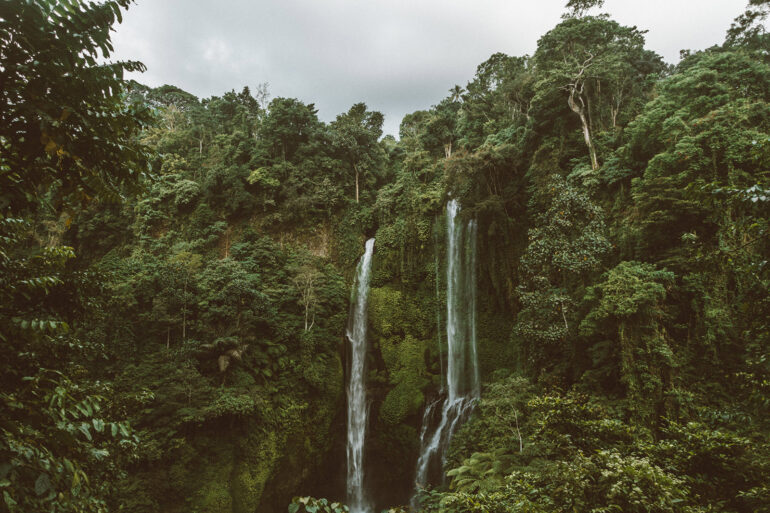
Money Saving Travel Tip #11: Search for the Best Price
Two people can travel to the same place, but spend radically different amounts of money on the same things. Your average traveler doesn’t bargain hunt, but you can save hundreds, and in some cases even thousands of dollars over the course of a trip by actively searching for the best deals on everything. Whether you’re booking airline tickets, tour tickets, boat trips, hotels, or even searching for the best dinner spots you will always save money by doing research, rather than simply going with the first thing you see.
Money Saving Travel Tip #12: Don’t Make Impulse Buys
This is a mistake that I think most of us who travel frequently still make from time to time. There have been plenty of times I’ve found something I really like in a market and bought it on the spot for what I thought was a good price only to walk a few stalls down and find it for half the price. If you’re happy with what you bought, that’s ultimately what really matters, but it’s a good rule of thumb to do a bit of scouting before you buy any souvenirs – you can usually find the same item being sold by other vendors, possibly for less…sometimes for a lot less.
Money Saving Travel Tip #13: Eliminate Unnecessary Costs
When you’re traveling for more than a week or two, recurring expenses like a cell phone bill can begin to add up. Consider ditching your cell phone plan for a cheaper local one, especially if yours has expensive charges for out-of-network or international use — in many places you can pick up a tourist sim card for very little money with extremely low packages for data and calling.
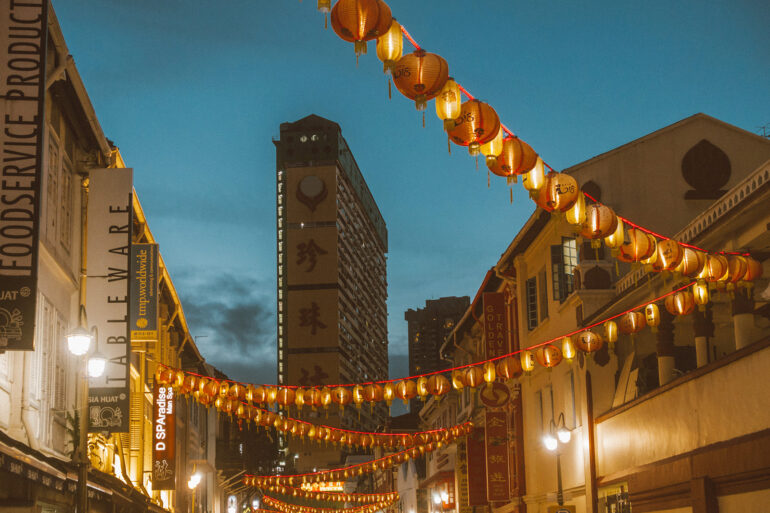
Money Saving Travel Tip #14: Use a Debit Card with no ATM Fees
ATM fees sure add up and carrying around big stacks of cash to have exchanged isn’t safe or efficient. Look for bank accounts that not only don’t charge their own ATM fees for usage in foreign countries, but also refund the fees charged by the foreign ATM too. In the US, Charles Schwab and Fidelity both offer debit cards that fit the bill.
When it comes to credit cards, be sure to bring along one with no foreign transaction fee.
Money Saving Travel Tip #15: Make the Most of Long Layovers
A lot of people view layovers as just one more unfortunate delay before getting to their destination and try to keep them as short as possible. For me, the longer the layover, the better. A long layover can mean you get to leave the airport and see a place you might otherwise not have been able to visit. Some airports like Seoul’s Incheon International even offer free city tours to passengers in transit.
Money Saving Travel Tip #16: Bring Along a Reusable Water Bottle
Not only does bringing along a reusable bottle (my personal favorite is the tried and true Nalgene Tritan 32oz) save dozens of plastic bottles from the landfill, it also saves lots of money. Even in places where the tap water is not always good to drink, many guest houses and hotels have water coolers where you can fill reusable bottles up for free. In countries like Thailand, you can find water filling stations in most places — for only about 3 cents you can fill up a reusable bottle with filtered water.
For places where there isn’t a clean source for filling up my Nalgene, one of my favorite travel accessories is my 34oz Sawyer Filter Bottle – it’s got a 0.1 micron filter and because the bottle has soft sides it can be squeezed and used to fill up another reusable bottle. I’ve used my Sawyer Bottle in places like Myanmar, Laos, and Cambodia and have never had any problems.
- At just 5.5 ounces in weight, this durable BPA FREE water bottle can deliver clean water as fast as
Money Saving Travel Tip #17: Cut Down on Drinking
There’s nothing like 3 or 4 beers or cocktails at a tourist bar every night to increase your daily spending by leaps and bounds. In fact, it’s pretty easy to spend hundreds of dollars in just a week or two on alcohol alone, even in inexpensive travel destinations like Central America and Southeast Asia. Cut back or buy your own alcohol from local convenience stores to save money.
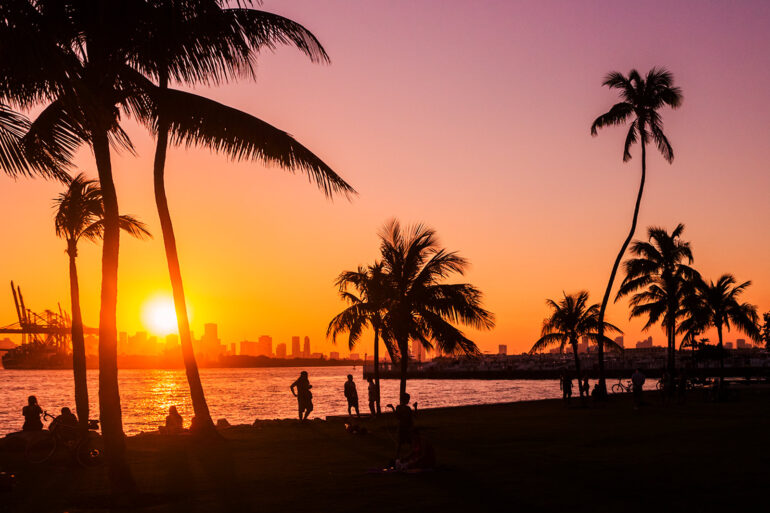
Money Saving Travel Tip #18: Look Up Free Events
There aren’t too many places in the world that don’t throw some sort of public celebration every year and many big cities have free events almost every single day like concerts in the park, art walks, craft fairs, farmer’s markets, night markets, and more. In lots of places it can be pretty easy to fill your day up with fun activities without ever having to spend a penny.
Money Saving Travel Tip #19: Keep Track of Your Spending
“I spent HOW much today!?”
Nothing will help you save money like realizing just how much you’re spending. Travel budgeting apps like Tripcoin are a great way to keep track of your daily expenses so that you can get the real facts about how much your spending every day and identify areas that you can cut down on.
Loved these money saving travel tips? Share them on Pinterest!


